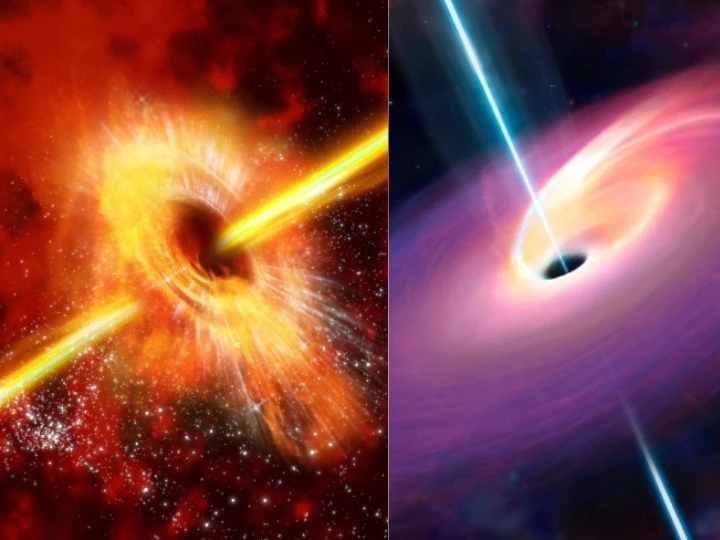NASA has declared that another large space rock will approach Earth, generally talking, during its space ventures. The divine body is being observed under the space organization’s Near-Earth Objects (NEOs) focus, which distinguishes and monitors huge space shakes that might actually represent a danger to our planet. Luckily, and likewise with other close to fly-by occasions, NASA says we have nothing to stress over.
7482 (1994 PC1) will zoom past Earth
The space rock booked to take off past Earth on January 18 is classified “7482 (1994 PC1),” and it’ll go at a rankling pace of around 47,000 MPH, as per NASA. As its name recommends, this space rock was first found in 1994 (through Space Reference); it is delegated a close Earth article and NASA considers it perhaps unsafe because of its direction, which permits it to pass somewhat near our planet.
However the space rock is a close Earth object, it’ll just get inside around 1.2 million miles of Earth. That is a tremendous distance – however, in space terms, it is viewed as a nearby fly-by. Specialists are sure the space rock won’t hit Earth when it approaches one week from now, and it’ll be around 200 years before the space rock returns for another pass.
Close enough to see
Realizing the space rock won’t affect Earth and set off a chain of completely shocking occasions to the side, there’s some uplifting news about this specific flyby: you’ll have the option to see the occasion occur, accepting you own a telescope and the climate in your area is ideal.
EarthSky reports that a little telescope ought to be adequate for noticing the space rock as its passes Earth. The precarious part is that the telescope should be situated at the perfect spot when the space rock passes, in addition to the sky should be clear. The specific opportunity to search for the space rock relies upon your area.
The report expresses that for the people who are situated in North America, the best an ideal opportunity to see the space rock might associate with 10 PM EST on January 18. Beginner cosmologists are encouraged to point their telescopes at the star HIP 7011, then, at that point, stand by a couple of moments and watch intently for the space rock to pass extremely near the star.
Joining a camera to a telescope and catching long-openness pictures may likewise be valuable, as it’ll record whatever goes through the field of view while the shade is open. There is an expected catch, nonetheless, which is that perceivability will rely upon the climate – assuming it’s overcast in your space when the space rock cruises by, you will be unable to observe it for yourself.


